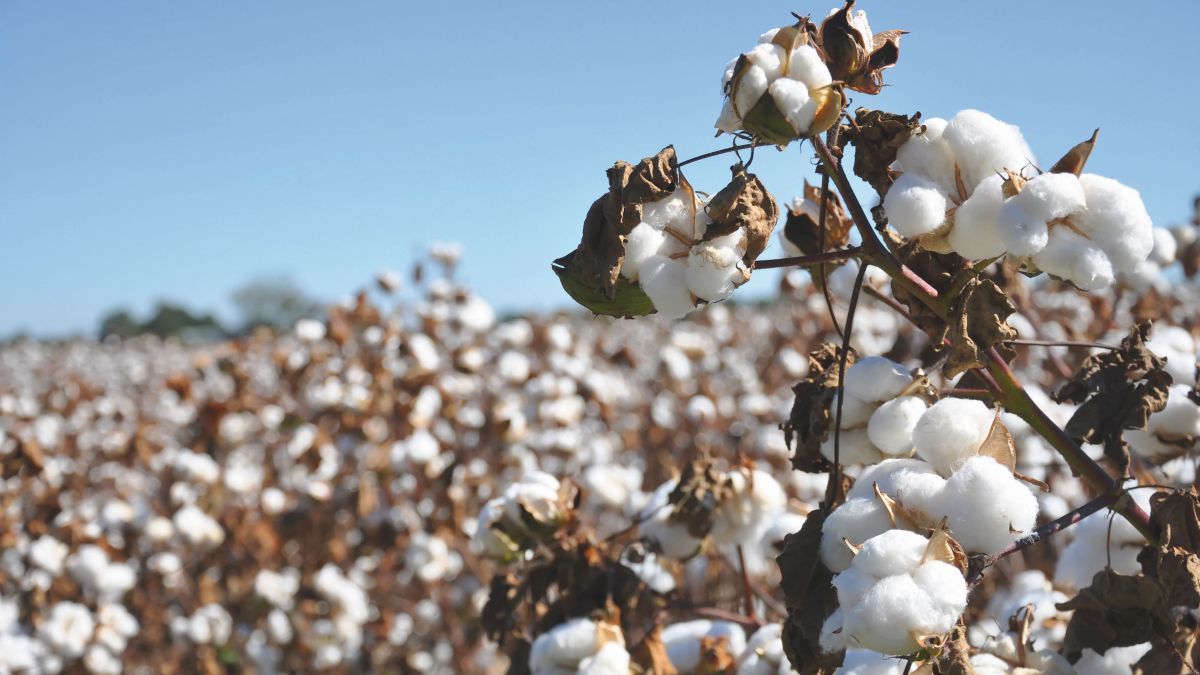With complications to import and a lower supply of inputs, companies in the sector warn of a skyrocketing cost. The slowdown in activity is beginning to be reflected in consumption.
Textile businessmen warn that the effects of the drought will begin to be felt in the sector in the coming months. Referents from different firms that spoke with Ámbito, warned about the scarcity of raw materials that could result in a new spike in prices in the absence of supply. In a scenario marked by the slowdown in activity that brought with it a significant drop in consumption, the complications to import make the situation even more difficult.
The content you want to access is exclusive to subscribers.
The drought is hitting hard. Analysts say it is the worst on record. Faced with this situation, the first and most obvious consequence that is analyzed is the reduction that it will cause in the exports of a country like Argentina that has a strong dependence on the agro-industrial complex to keep the external sector at bay. The losses will be around between US$15,000 million and US$20,000 million, something difficult to specify at this point.


At the same time, the lower sales abroad will bring a drop in the collection of key taxes. A severe drop in income from withholdings is expected, which could be partly offset by the measures that the AFIP is taking to partially close that gap, but which will imply less fiscal room for countercyclical policy.
To all this, we must add the specific impact on each of the value chains. The most obvious effects are perceived in the primary sectors: soybeans, wheat, corn, meat. But to all of them we must add those who are inserted in their value chains: collectors, refrigerators, industries, transport and all kinds of services. Again, the smaller harvest collapses sales and the collection falls.
A less commented example is that of the textile industry, which in recent years has prioritized cotton above synthetics, which are imported. In 2022, the campaign for this product harvested 257,000 tons, while estimates for 2023 barely reach 182,000 tons.
Local businessmen are already preparing so that in the coming weeks, the lower offer will bring a new jump in prices. The incidence of cotton on the sale price of yarn for some products reaches 50%, while for the rest it is between 30% and 40%. All this, within a framework of inflationary dynamics that already exceeds 100% in year-on-year terms.
“There is an additional problem. Despite the fact that the campaign was delayed, that we have less cotton and of poorer quality due to the drought, we cannot increase the volume of synthetics because we did not obtain permits to import,” a businessman from the sector explained to Ámbito.
Paradoxically, the slowdown in activity that began to be felt since the end of last year could moderate the transfer to prices of the collapse in supply. “He consumption comes down, customer order notes when we introduced the collections fell 22% in units compared to last year. It is a considerable number. This means that there is stock and that the counter got cold, so they began to store it,” a renowned clothing manufacturer told this medium.
In any case, it is clear that the effects of the drought will exceed the well-known short blanket of external constraint, which may or may not be mitigated with financing. There will be inevitable impacts on activity, revenue and prices.
Source: Ambito




